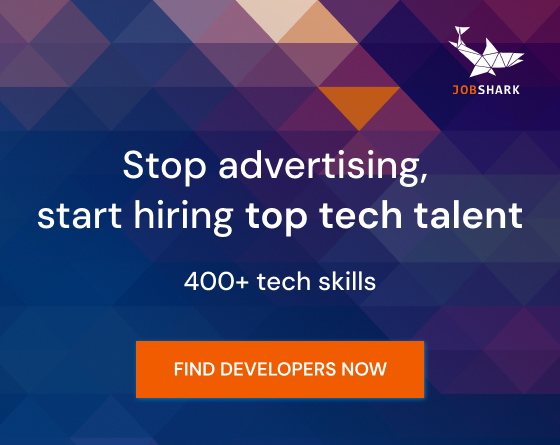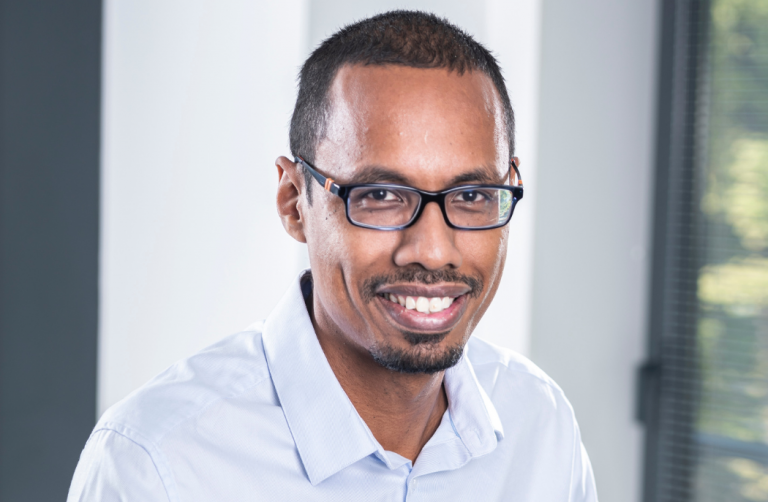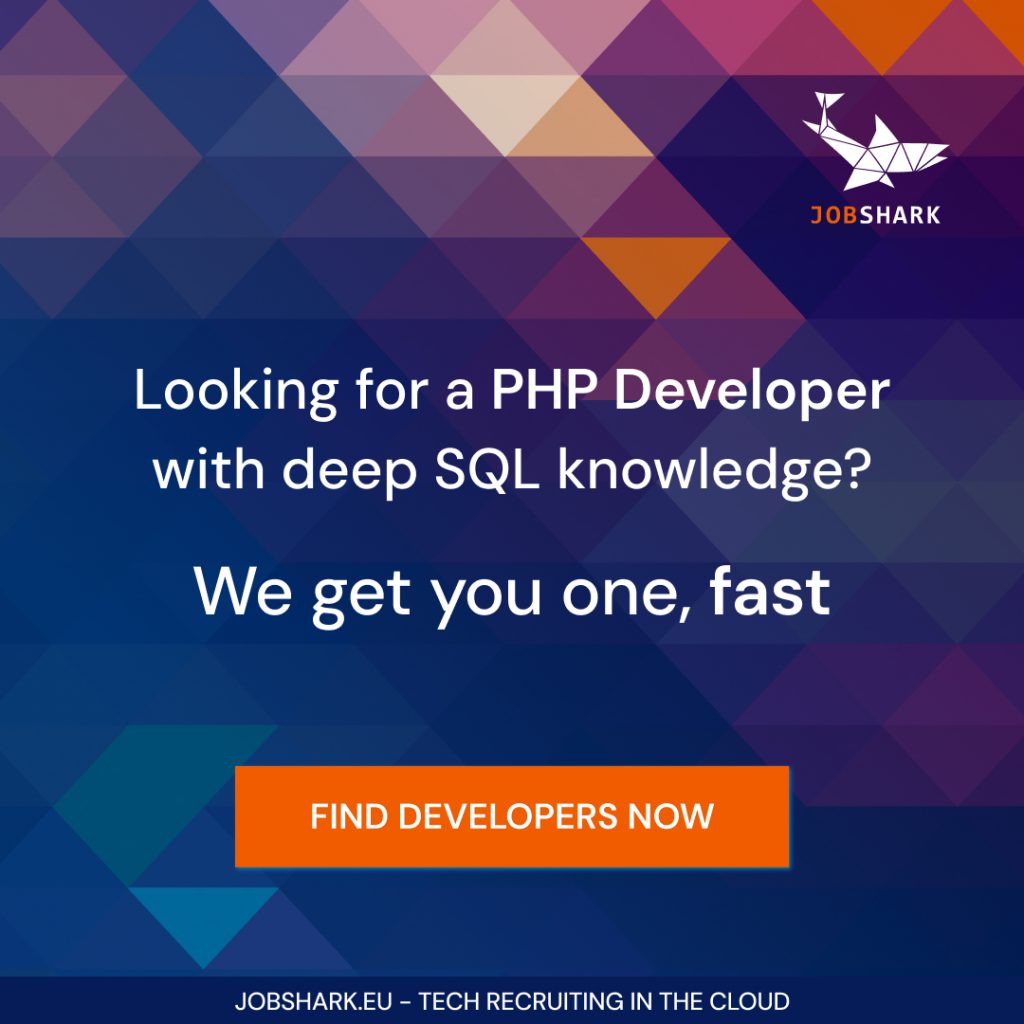From writing code to shaping culture, Fy Ravoajanahary has taken a distinctive path, transitioning from a solid 20-year career in technical roles — spanning software developer to CTO — into Human Resources leadership.
For the past eight years, he has been with Kayentis, a global provider of electronic Clinical Outcome Assessments (eCOA) and Decentralized Clinical Trial solutions (DCTs). He spent the first five years as Head of Clinical Trial Implementation Services — leading a team of 40 people across three continents — before transitioning into Human Resources, where he has served as an HR Generalist for the last three years.
For Ravoajanahary, the shift felt like a natural evolution. As an IT leader, he had always paid close attention to how the right environment could unleash his team’s potential. Today, he brings that same mindset to HR, even drawing on technical concepts like design patterns to shape adaptable processes. He reflects: “Both roles — technical and HR — share a foundation: strategic thinking, human connection, and the ability to navigate complexity.”
Starting September 1st, Ravoajanahary will begin a new chapter as Chief HR Officer at Kayentis — a challenge he welcomes with enthusiasm. “This transition isn’t just about a title,” he says. “It’s about perspective. It’s about seeing HR not only as a support function, but as a strategic driver of engagement, performance, and innovation.”
In this interview with TechTalents Insights, Ravoajanahary also shares his excitement about the possibilities artificial intelligence brings to HR. “I’m convinced it will revolutionize many aspects of our work. Not by replacing the human touch, but by amplifying our impact. I see huge potential in AI-powered tools to support operations, data analysis, and decision-making.”
Still, he’s cautious about applying AI in certain areas. “For now, I choose not to automate this deeply human process. The intuition, the feeling, the subtle cues that emerge in a conversation — all of these are hard to replicate, and they matter. Recruitment is not just about matching skills; it’s about sensing potential, alignment, and energy.”
Enjoy the full conversation with Ravoajanahary below.
TechTalents Insights: You’ve moved from software development and CTO roles into an HR role. How did this transition unfold?
Fy Ravoajanahary: My journey into HR began long before I held the title. Growing up in France in a family with international roots, I learned early on what it means to navigate spaces where belonging isn’t always a given. Over time, I witnessed how context can influence access and opportunity — sometimes quietly, sometimes painfully.
These moments didn’t define me, but they shaped my understanding of resilience, nuance, and the importance of creating environments where people feel acknowledged.
In my years as a CTO and later as Head of Implementation Services, I led diverse teams across continents. I learned that leadership isn’t just about delivering results — it’s about creating environments where people feel safe to be themselves. That conviction made the transition to HR feel not only natural but necessary.
Both roles — technical and HR — share a foundation: strategic thinking, human connection, and the ability to navigate complexity. In software, I worked with systems and architecture; in HR, I work with people and legal frameworks. What made the shift possible was the trust I had built over time with the executive management, after five years managing teams of up to 40 people in complex project environments. When an opportunity opened, I felt ready — and I was given the chance.
To prepare, I completed training in labor law and was warmly supported by the HR team already in place. My background as a manager, my deep knowledge of the company — its people, its projects, its culture — along with the relationships I had built with colleagues and leaders, all helped make the transition smoother. I wasn’t starting from scratch; I was building on a foundation of shared experience and mutual trust.
At Kayentis, this philosophy is reflected in our culture. For four consecutive years, over 90% of our employees have rated their well-being at work as good or excellent. And externally, our client recommendation rate has also exceeded 90% — a testament to the idea that when people thrive internally, excellence naturally follows.

TechTalents Insights: What aspects of your technical background have turned out to be most useful in your HR work?
Fy Ravoajanahary: One of the most useful things I’ve carried over from my engineering background is the idea of design patterns. In software, a design pattern is a kind of reusable solution — a way to approach problems that come up again and again. It’s not a fixed recipe, but more like a flexible guide that helps you make smart, consistent decisions.
I’ve found that this way of thinking applies surprisingly well to HR. In people management, you also face recurring situations — like performance reviews, team tensions, or organizational changes. By recognizing these patterns, I can build processes that are fair, clear, and adaptable.
This mindset comes from years of leading teams and managing projects across different cultures and contexts. It taught me to look for what’s repeatable, what works, and how to adjust without losing consistency. In HR, that means creating frameworks that support people — not box them in. It’s not about applying the same solution to everyone, but about having a solid foundation that helps us respond thoughtfully and fairly.
In the end, it’s about helping people feel confident in how decisions are made. When the process is clear and fair, trust grows — and that’s when people can really focus on doing their best work.
TechTalents Insights: At Kayentis, you’ve led teams across France, the U.S., and Japan — three different continents. How do cultural differences show up in workplace expectations, and how can companies best adapt?
Fy Ravoajanahary: In global teams, cultural differences often show up in subtle ways — through communication styles, approaches to decision-making, or how expectations are interpreted. Misunderstandings aren’t always due to a lack of effort; more often, they come from a lack of clarity or connection.
To navigate this complexity, two pillars are essential: a clear structure and genuine individual recognition.
A well-defined framework doesn’t constrain — it enables. It offers clarity, consistency, and fairness across diverse cultural contexts. When expectations are clear, people can take initiative, act autonomously, and be accountable — not through pressure, but through trust. This structure provides the stability needed to focus, grow, and contribute with confidence.
But clarity doesn’t happen on its own. It’s the manager’s responsibility to bring the framework to life by making expectations explicit, applying rules consistently, and creating a shared understanding within the team. I strongly encourage organizations to support managers in fully owning this role. When done well, it reduces ambiguity, fosters inclusion, and reinforces a culture where everyone can thrive — whatever their cultural background.
But structure alone isn’t enough. Human connection is built through recognition — seeing each person as more than a role. Recognition isn’t just about praise or rewards; it’s about consideration. Taking time to understand someone’s background, perspective, or cultural lens is a powerful way to foster inclusion and reduce friction.
I was reminded of this during a presentation by Dr. Danielle Taylor, Associate Professor in Management Sciences at Université Paris 1 Panthéon-Sorbonne, on cultural diversity in virtual teams. She shared the story of a global academic alliance where one team faced recurring friction — not because of skills or motivation, but because cultural differences remained invisible. Team members used different communication styles rooted in their norms: some relied on concise written updates, others expected spoken alignment in real time. Deliverables slipped, frustration grew. The shift came when they agreed to use richer, synchronous channels — like video — for key discussions. With cameras on, facial expressions and tone added context that emails couldn’t. The team began to connect — not just on tasks, but as people. Trust followed.
That turning point wasn’t just about technology; it was about cultural visibility. When people’s ways of communicating, thinking, or even pacing their work remain unseen or misinterpreted, disconnection creeps in. But when culture becomes visible, it becomes easier to decode intentions, adjust expectations, and collaborate more fluidly.
Cultural visibility can take many forms. It might mean naming why someone prefers structure before brainstorming. It could be acknowledging that silence in one culture signals reflection, while in another it may imply disagreement. It could be as simple as celebrating local holidays on a shared calendar, or inviting team members to explain how decisions are typically made in their culture. These gestures don’t require major programs — but they send a powerful message: you are seen.
Recognition isn’t just about praise; it’s about presence. It’s about making people feel that their background is not a side note, but a source of strength. Especially in diverse, distributed teams, visibility is what turns difference into connection.

TechTalents Insights: Lastly, what excites you most right now — whether in tech, HR, or at the intersection of both?
Fy Ravoajanahary: Starting September 1st, I’ll be stepping into the role of Chief HR Officer — a meaningful milestone that brings a new strategic dimension to my journey. It’s an opportunity to engage more deeply with culture, transformation, and leadership, to take on a management role, and to contribute at the executive committee level.
I’m genuinely excited and grateful to continue growing in an environment that’s both inspiring in its leadership and aligned with my values — especially through the meaningful work we do in clinical trials, where science meets purpose.
This transition isn’t just about a title — it’s about perspective. It’s about seeing HR not only as a support function, but as a strategic driver of engagement, performance, and innovation.
And speaking of innovation — AI is clearly reshaping the future of HR. With a tech background, I’m convinced it will revolutionize many aspects of our work. Not by replacing the human touch, but by amplifying our impact. I see huge potential in AI-powered tools to support operations, data analysis, and decision-making.
That said, I remain cautious about its use in recruitment. For now, I choose not to automate this deeply human process. The intuition, the feeling, the subtle cues that emerge in a conversation — all of these are hard to replicate, and they matter. Recruitment is not just about matching skills; it’s about sensing potential, alignment, and energy.
I believe the future of HR lies in this balance: leveraging technology to simplify and strengthen what we do, while preserving the human essence where it matters most.
This mindset aligns perfectly with the mission we serve every day. Kayentis drives smarter, patient-focused clinical trials with cutting-edge eCOA and decentralized solutions. We streamline global research across all phases and therapeutic areas — advancing science with care, and with people at the center.
Subscribe to our newsletter
Enjoying our content? Subscribe to the TechTalents Insights newsletter and get our best articles and interviews delivered directly to your inbox. Click here to join the community!




